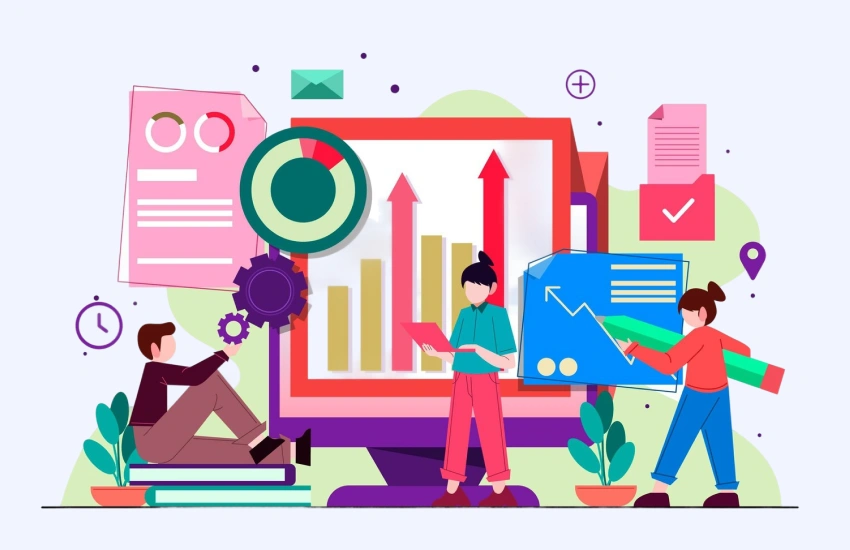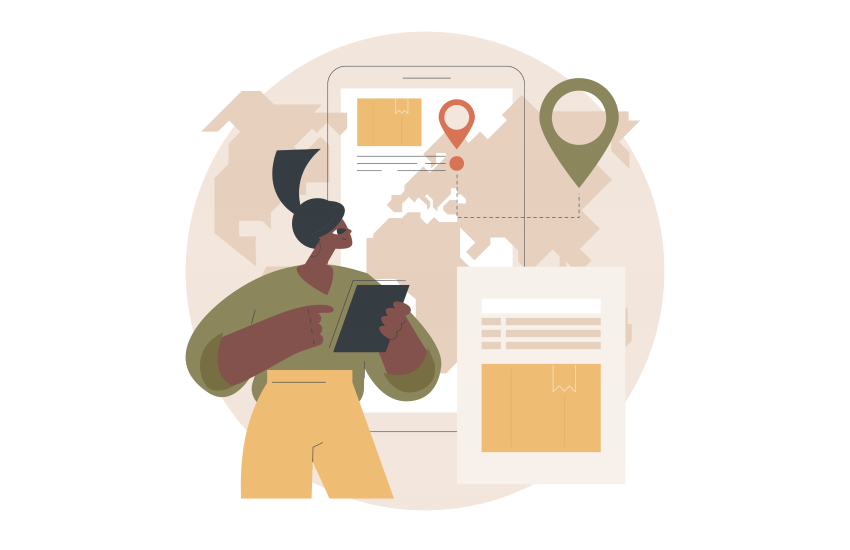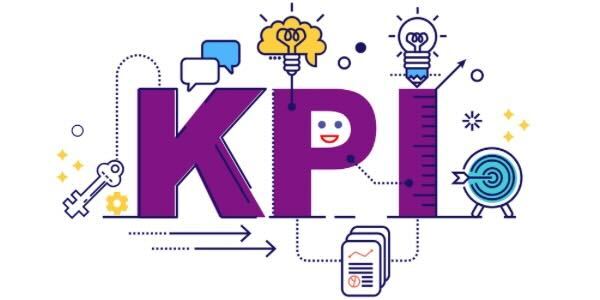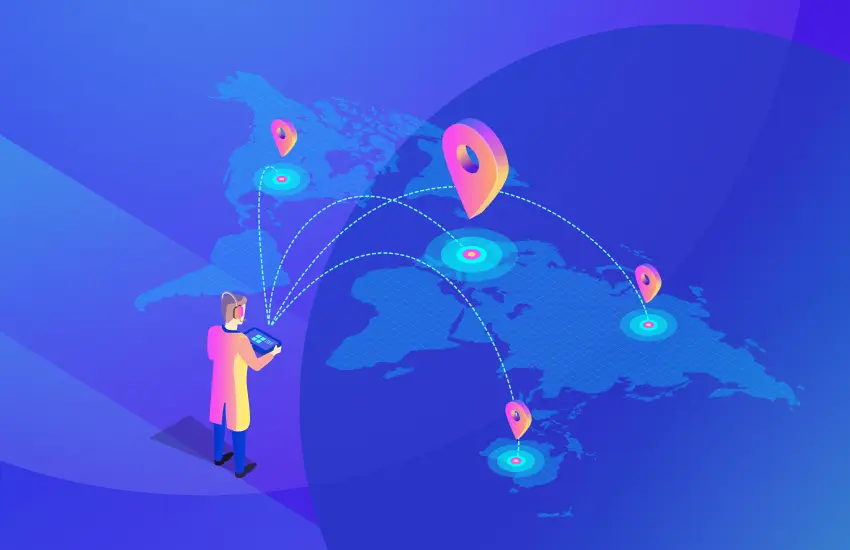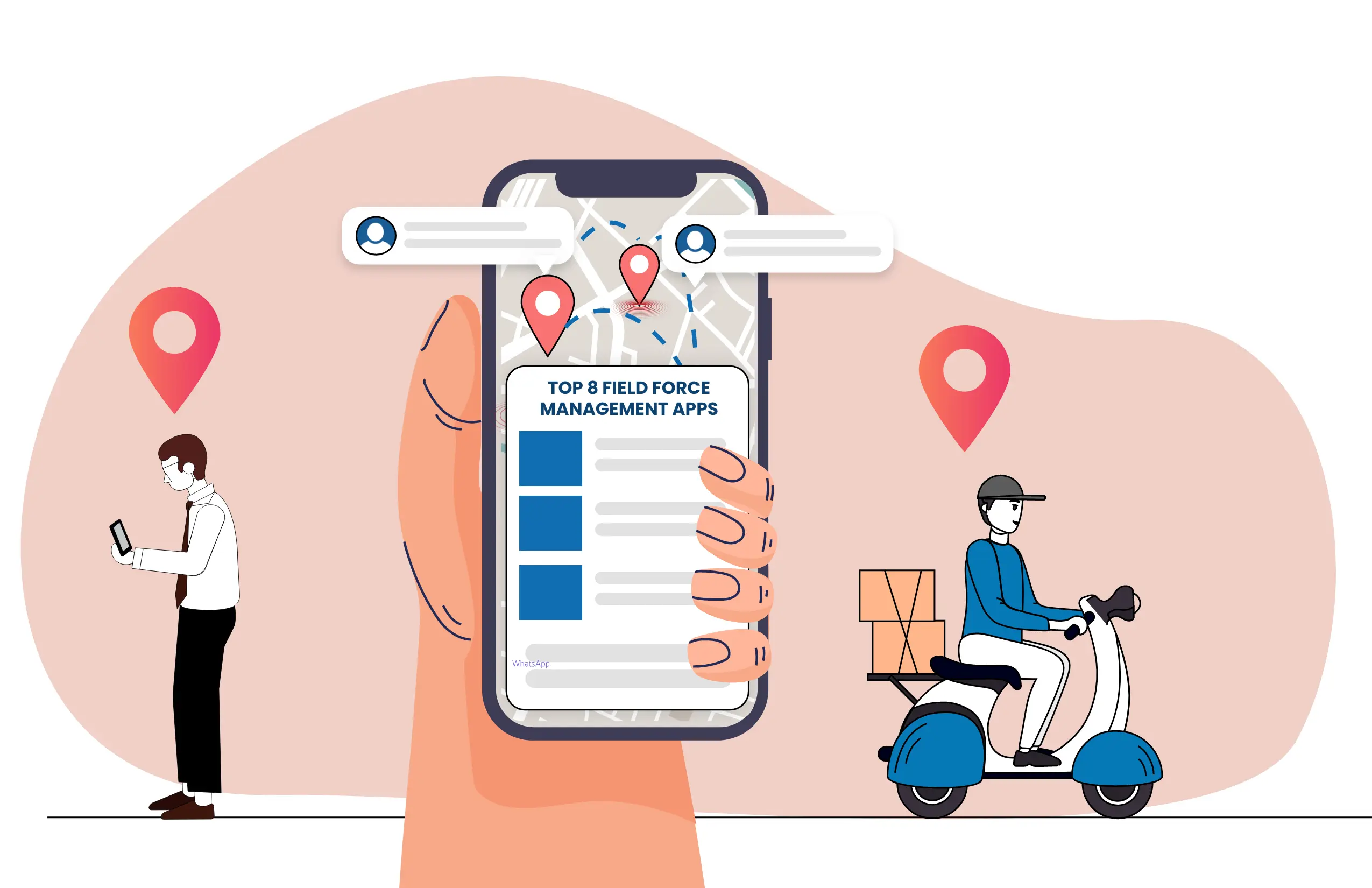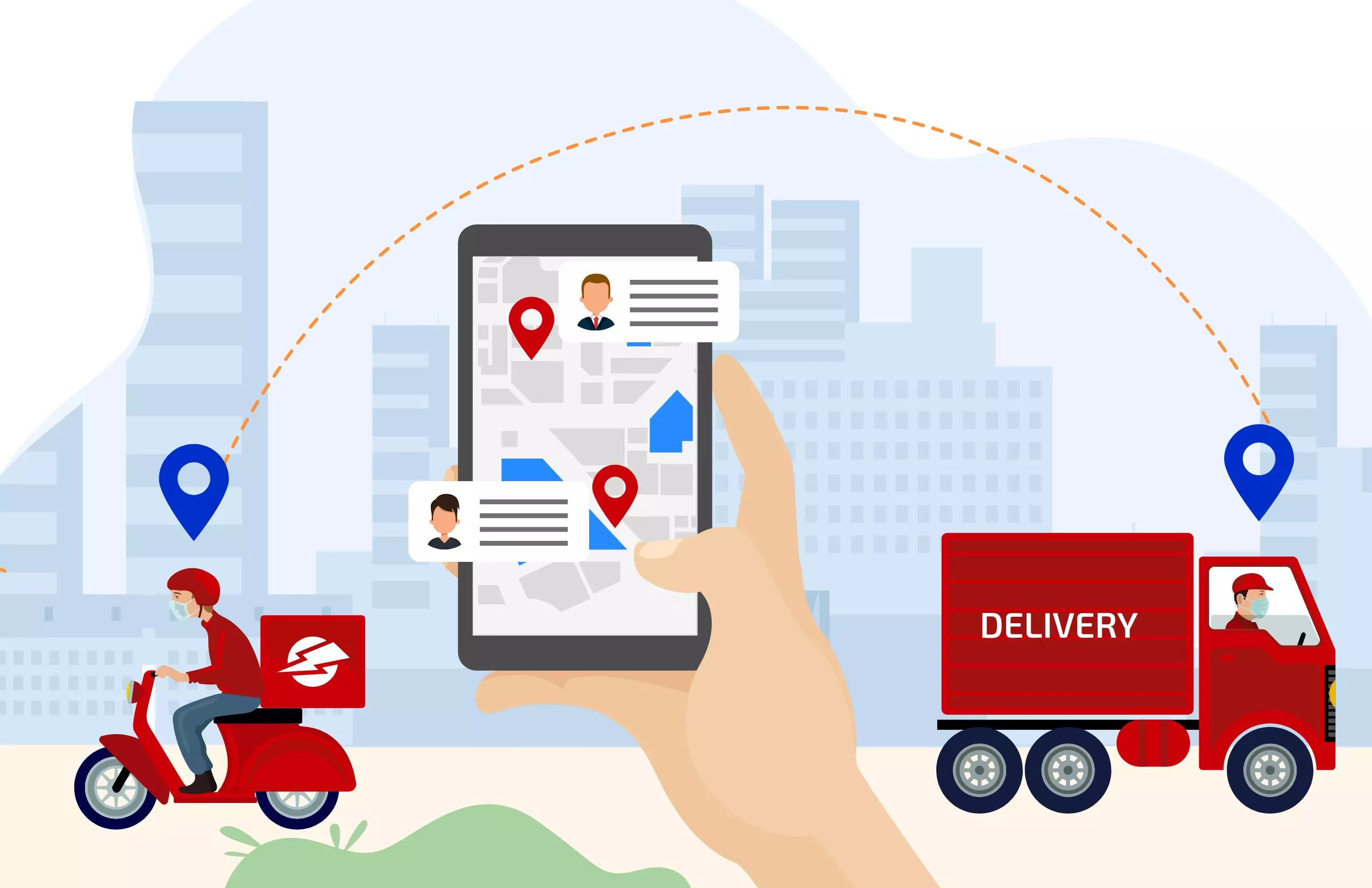
What Are Some New Trends Expected In The Field Workforce Management In 2023
Table of Contents
To stay relevant in the business world and stay one step ahead of the competition in today’s cutthroat economy, it is essential for every company to adopt the most recent technological field workforce management trends. It is more crucial to swap to the cutting-edge solution offered by modern and unique field workforce automation techniques than manual and conventional methods that have been in use for decades, particularly for a company that relies heavily on its field workers.
The biggest value to the field workforce group and sales agents’ on-the-ground activities is field workforce management software, which benefits them in a variety of ways. By efficiently tracking their productivity and on-field activities, it aids in improving the efficiency and output of the field force team. The field workforce automation platform’s characteristics have advanced to a new level and surpassed previous levels with the development of technology and evolving trends.
Here are some new trends expected in the field workforce management in 2023 that will enhance the field workforce and how you can utilize them in your daily business work.
6 Expected New Field Workforce Management Trends In 2023
Strategic Field Workforce Automation
If employees work in field operations, they should design a workspace wherein experts in their fields can devote the majority of their time using their expertise and providing value to their customers. Field service providers would prefer to spend less of their available time on administrative tasks and backend procedures. Here are a few examples of those requirements:
- Manage customer relationships
- Inventory components
- Appointment scheduling
- Create and send invoices
- Decide when and how to follow up on contextual ads
One of the key trends to monitor in the field workforce management in 2023 is the automation of backend activities. Businesses should enlighten themselves on the different kinds and benefits of management software applications if they still need to do so. This type of software offers value in a variety of ways, including by assisting businesses in managing and comprehending previous and present-day maintenance records. Another illustration is the automatic allocation of new tasks to the field workforce after aligning technicians with available positions when they become accessible.
Increase In Cybersecurity
More companies now depend on the internet as they compete for comprehensive digital development. This leaves them open to cybercrimes, hacking, malware, and other types of cyber attacks. As a result, many businesses make investments in cybersecurity solutions and tools to safeguard their business and clients. This is crucial for field force management, mainly because field workers now depend greater than ever before on the internet. They utilize it for communication, information sharing and retrieval, and for access to the tools they require to complete their jobs.
They may also work outside of the office, which could put them outside the scope of the security systems and leave them much more open to cyberattacks than desktop employees. Therefore, companies should add additional levels of security to their hardware and software to protect their customers, business, and workforce. They can include a multi-factor identification procedure for voice recognition, fingerprint scanning, and other access methods.
Proactive Maintenance
With the assistance of IoT, field workforce management can adopt a proactive maintenance approach and fix issues before they turn into a problem. The business’s outsourced field service workforce is notified when a device deviates even slightly from permitted specifications through sensor devices implanted inside machines. The part can then be fixed or changed before it shuts down the entire machine extensively. The technician is equipped with all the knowledge they need to address the issue when they get to the location.
Technicians can show up at the workplace with everything they require to do it the first time thanks to IoT and proactive maintenance. The information obtained and saved by the sensor devices can be automatically evaluated to discover these anomalies if a specific part is demonstrated to be malfunctioning in the same manner again. After that, field staff can choose whether to restore the device with a more trustworthy model or solve the problem in another way.
Evolution Of Wearable Technology
The evolving trend of wearable technology is developing as a result of demands for greater convenience and mobility. One incredible example is a smartwatch, which is useful for the field workforce who are constantly on the move and serves as a watch and a smart device. The need for wearable tech will rise by 17% over the next few years, predicts Mordor Intelligence. The field force can assist in promoting wearable technology in the same way that it helped bring mobile devices for communication into the common.
They will be able to completely comprehend the flexibility and accessibility of wearable technology owing to the nature of their profession. For instance, workers can easily use a smartwatch to carry out certain duties like sending messages, transferring and downloading data, upgrading databases, and much more instead of hauling a cumbersome laptop or mobile into the field.
IoT and AI: The Next Field Force Management Gears
As discussed earlier, modern technologies like artificial intelligence (AI) and the internet of things are about to revolutionize field workforce management. Companies can simply design their strategy and enhance productivity in an efficient way with the aid of AI and smart devices. Additionally, this may help organizations make more informed choices and estimate sales. As a result, businesses have already begun to turn away from time-consuming manual methods and processes.
According to several analyses, the IoT will be connected to about 20 billion devices in the near future, and more than 74% of service providers will undoubtedly rely on it because of its hassle-free operation, enabling the field force to anticipate customers’ demands. The field team will be able to handle both the customer’s concern and the way it can be resolved, which will eventually raise the degree of the customer’s pleasure. Such a change can help the company grow and stop the field workforce’s busy days, creating a pleasant, healthy, and tranquil working environment.
Integrate Advanced Data Analytics In All
Companies are getting increasingly data-driven as competition in the market intensifies. They gain an understanding of the likelihood and viability of particular situations in the market and industry as a response. As a result, the majority are making significant investments in trustworthy, sophisticated analytical tools that have both artificial intelligence and machine learning abilities. The field workforce has first-hand insight into core information like customer details, choices, and experience because they are out in the field performing their duties.
Furthermore, companies can personally see how well their services or products operate. Utilizing the ability of artificial intelligence and data segmentation in AI, businesses may use this information to make better data-driven decisions and intelligent business plans. For instance, all of the communication channels they employ for their activities can be scanned for essential data. This covers their social media accounts, text messages, emails, and other communication platforms. Businesses can learn more about other areas, such as 2023 workforce trends, route planning, and field inventory control.
Conclusion
The field workforce management trends outlined above, together with digital technology, are enabling field service providers to deliver their services more dynamically. The businesses with the best chances of becoming successful in the future are those that can effectively implement all these trends into their functioning. Researchers have indeed foreseen the ongoing technology upheavals and indicated that the aforementioned characteristics and trends will soon be adopted. Such connectivity will not only provide information about your field workers, but it’ll also streamline their everyday tasks. As a result, these trends will contribute to the creation of a sustainable and exceptional customer experience, which will ultimately lead to high customer commitment.
